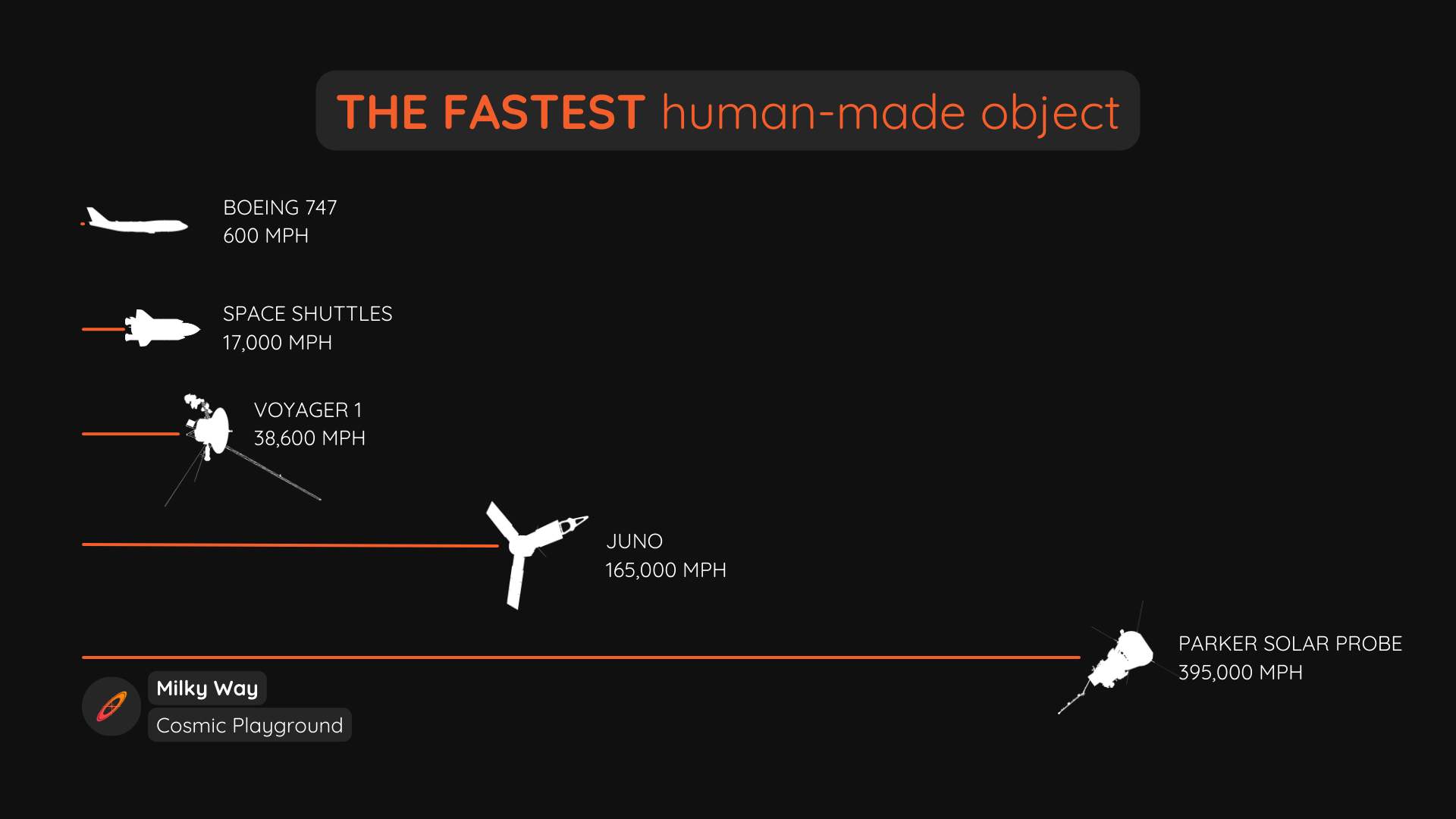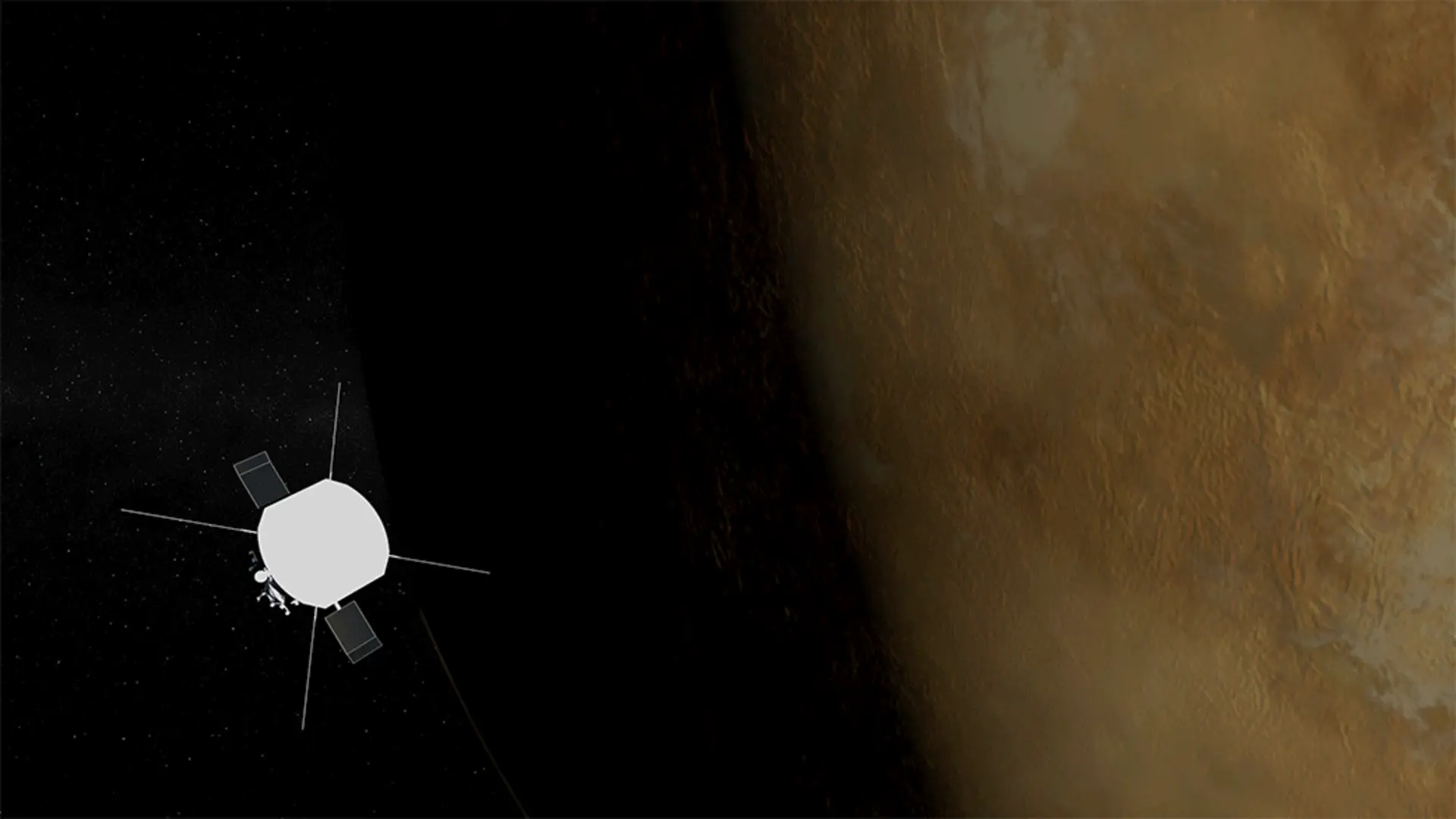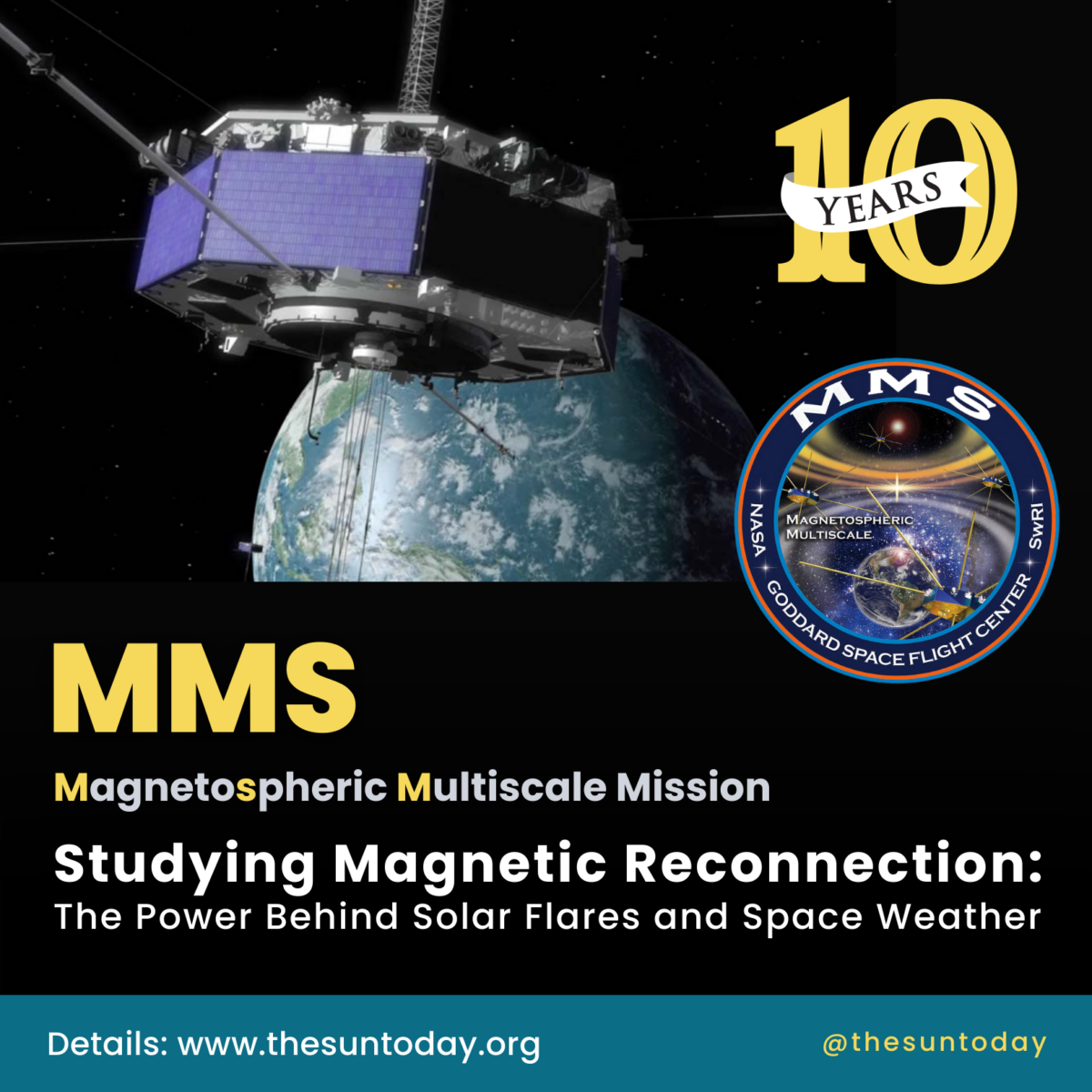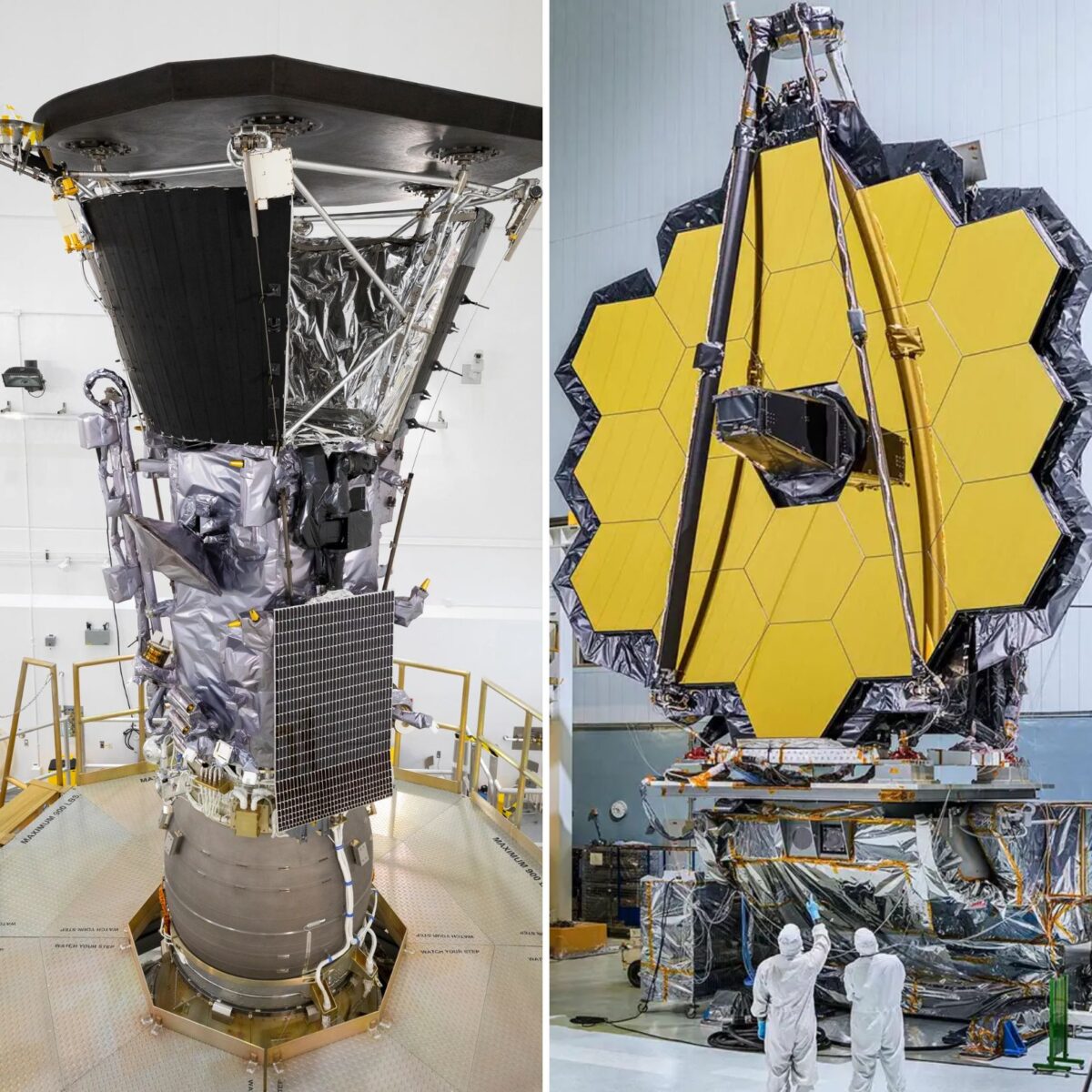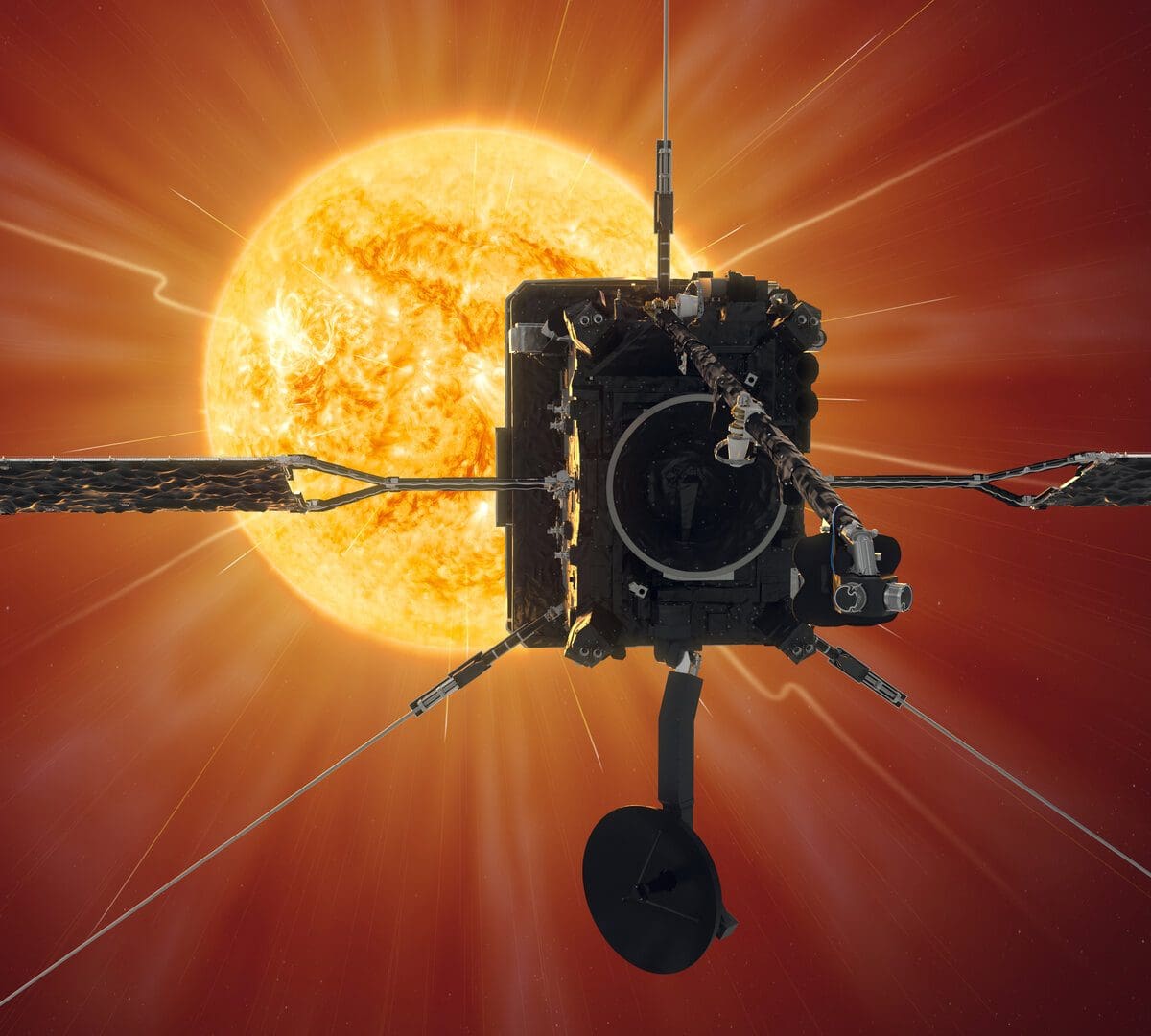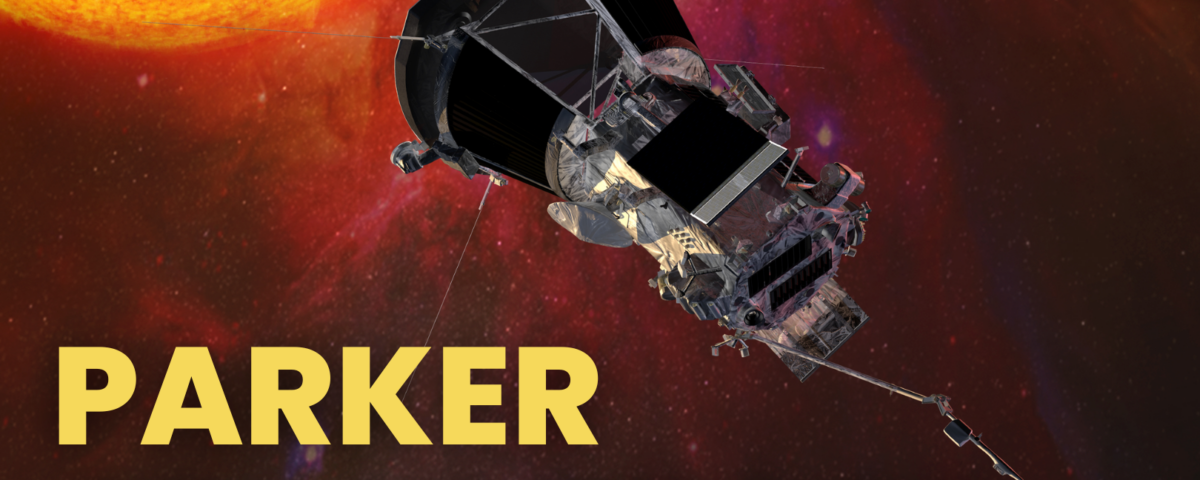
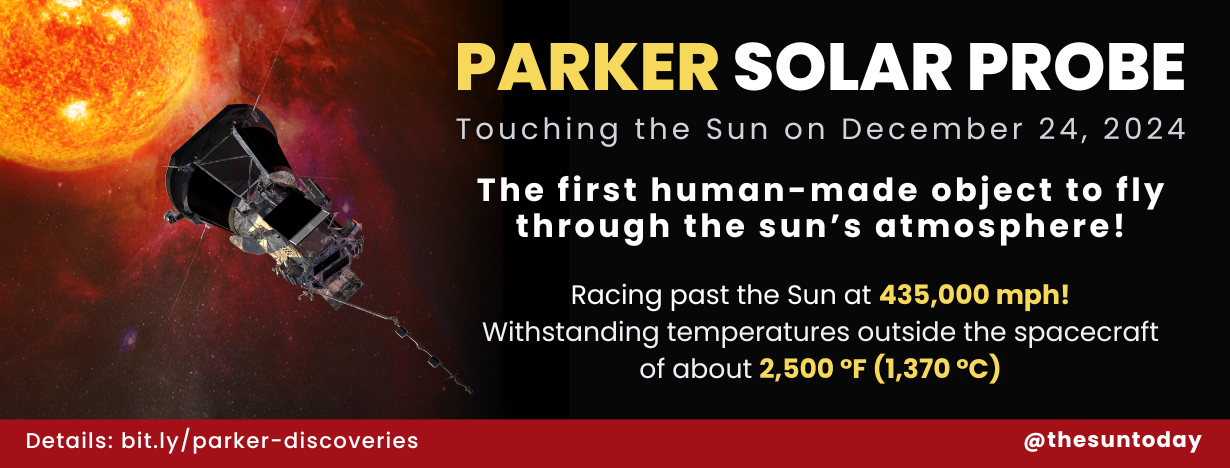
December 24, 2024 is Parker’s closest approach to the Sun
Go Parker Solar Probe!!
This historic achievement has been 66 years in the making.
The Parker Solar Probe is a groundbreaking venture into the heart of our star, boldly journeying closer to the Sun than any spacecraft before it.
Braving searing temperatures and relentless radiation, this mission is set to unveil the Sun’s long-guarded mysteries. Racing through the corona at breathtaking speeds, it captures unprecedented insights into solar winds and magnetic fields, reshaping our understanding of the Sun’s influence across the cosmos.
This reshaping of our understanding is a testament to the intellectual stimulation the Parker Solar Probe brings. A marvel of modern engineering, the probe not only survives the Sun’s wrath but thrives, turning the impossible into reality and bringing us one step closer to unlocking the secrets of our fiery celestial neighbor.
This NASA mission, Parker Solar Probe, has gone and will continue to go where no mission has gone before. It stands as a testament to science and engineering, providing us with fascinating data from our star, the Sun, for years to come.
The mission was defined with three key scientific goals:
- To trace the flow of energy that heats the Sun’s outer atmosphere.
- To shed light on the sources of the solar wind, the constant flow of solar material escaping from the Sun.
- To explore how solar energetic particles – which can make the 93-million mile (150 million kilometer) journey to Earth in under an hour – are transported and accelerated.
The discoveries made by Parker Solar Probe have transformed our understanding of the sun, solar wind, and space.
These findings help answer long-standing questions about the sun and improve our ability to predict space weather events.
The probe’s unique ability to travel closer to the sun than any previous spacecraft has provided unprecedented data about the sun and its impact on the solar system.
This will be its closest perihelion (closest approach in an orbit around the Sun.)
The period of closest approach began on December 19, 2024, at a distance of 22.8 million miles from the Sun’s surface. The time of this closest perihelion is December 24, 2024, at 11:53 UTC. This is the 22nd perihelion. Perihelion #1 happened on January 19, 2019.
NASA’s Parker Solar Probe has made numerous first-of-their-kind discoveries since its launch in 2018. Here are some of its record-breaking achievements and significant discoveries:
BREAKING RECORDS
First Spacecraft to “Touch” the Sun
The Parker Solar Probe became the first spacecraft to enter the Sun’s atmosphere, the corona, achieving direct sampling of particles and magnetic fields in this region. This milestone allowed for measurements of the solar wind plasma environment.
Closest Human-Made Object to the Sun
The Parker Solar Probe has repeatedly broken the record for a human-made object’s closest approach to the Sun. Initially, it surpassed the previous record of 26.55 million miles from the sun’s surface. As of its 17th flyby, it reached a perihelion of 7.26 million kilometers (4.51 million miles), and by late 2024, the spacecraft is scheduled to fly within 3.8 million miles of the sun’s surface. By November 2024, the probe’s orbit was set to pass within 3.8 million miles from the sun’s surface.
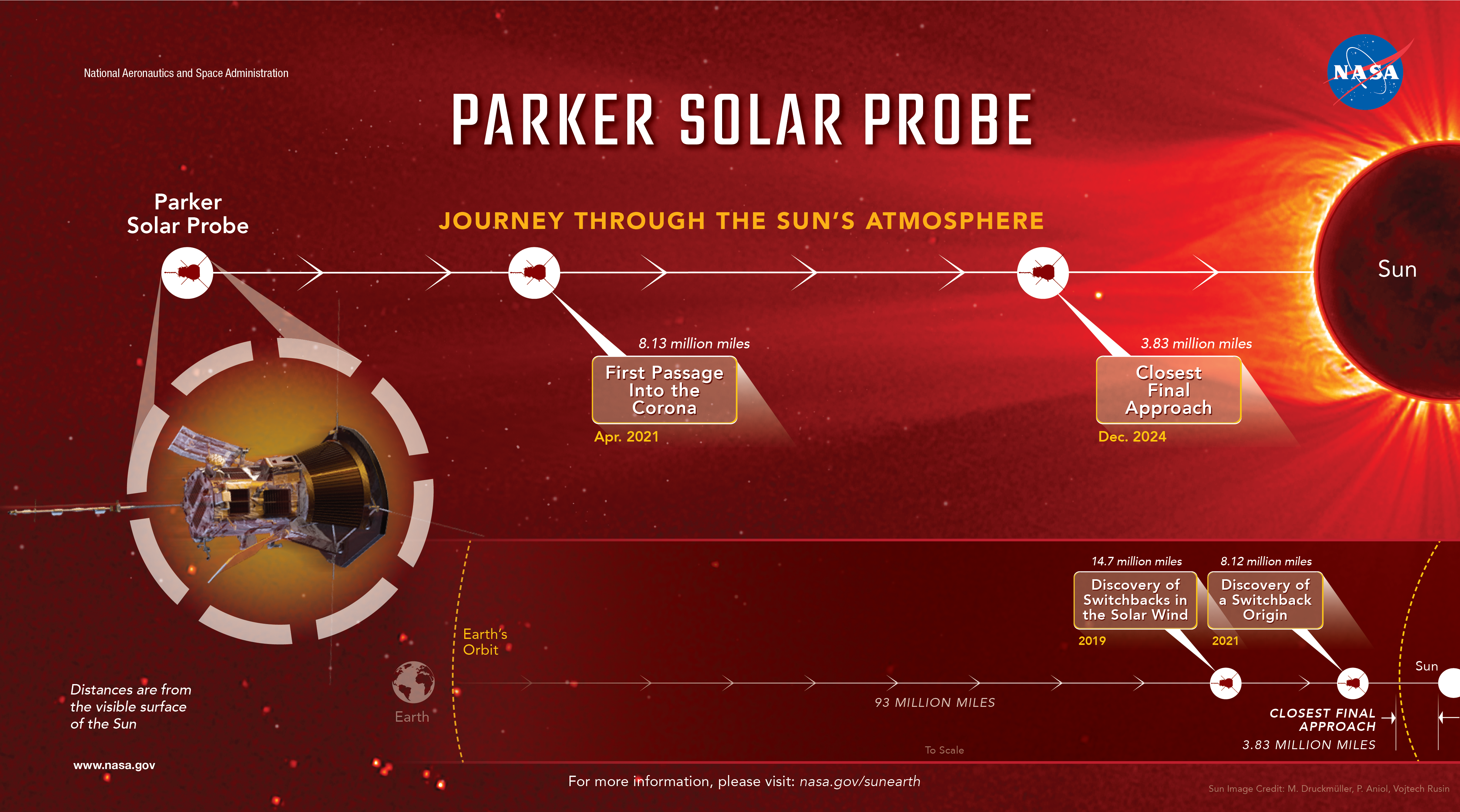
Image representing Parker Solar Probe’s distance from the Sun. Credits: NASA/Scientific Visualization Studio
Fastest Human-Made Object
The probe has also repeatedly broken the record for the fastest human-made object. It initially reached speeds of 153,454 miles per hour. It is projected to reach a top speed of about 430,000 miles per hour as it approaches the sun in 2024. It could travel around the Earth in approximately 3.3 minutes at this speed.
SOLAR WIND & CORONA
Unprecedented Data on the Solar Wind
The solar wind is the continuous flow of charged particles from the sun that permeates the solar system. Learn more about the solar wind »
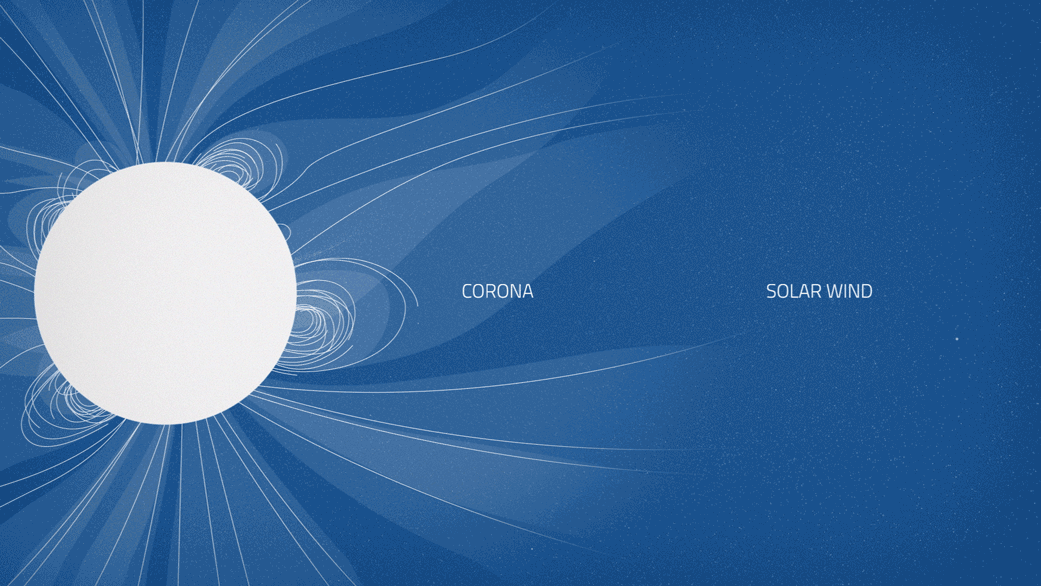
GIF of animated sun with corona and solar wind labels. CREDIT: NASA’s Goddard Space Flight Center
A big part of the mission of Parker Solar Probe is to gather data to help scientists understand how heat and energy move through the corona and drive the solar wind, which can cause space weather here on Earth. The mission is providing new insights into the behavior of the solar wind, revealing a complicated and active system that is not uniform as seen from Earth. The probe was able to observe the solar wind’s rotation and discover that this rotation was stronger than predicted.
These unprecedented discoveries include the origin of switchbacks, the source of the fast solar wind, and the fundamental structure of the solar wind. These point to the answers to fundamental questions such as what accelerates the solar wind, where this occurs in the solar atmosphere, and how energy flows from the Sun to power the solar wind. These questions have been unanswered for decades, and now Parker Solar Probe is helping scientists solve these puzzles about our star.
Keep reading to learn about how these discoveries are related…
Mapping the Alfvén Critical Surface
The Sun’s corona is the outermost part of the Sun’s atmosphere. Learn more about the corona »
The Alfvén Critical Surface is the region between the corona and the solar wind. This is not a solid “surface” like you typically may think of. It is the boundary where solar material breaks free from the sun and becomes the solar wind. Parker is the first man-made object to cross this boundary and collect data.
It was determined that instead of being smooth, this boundary is wrinkled with spikes and valleys. These wrinkles were found to stem from coronal streamers.
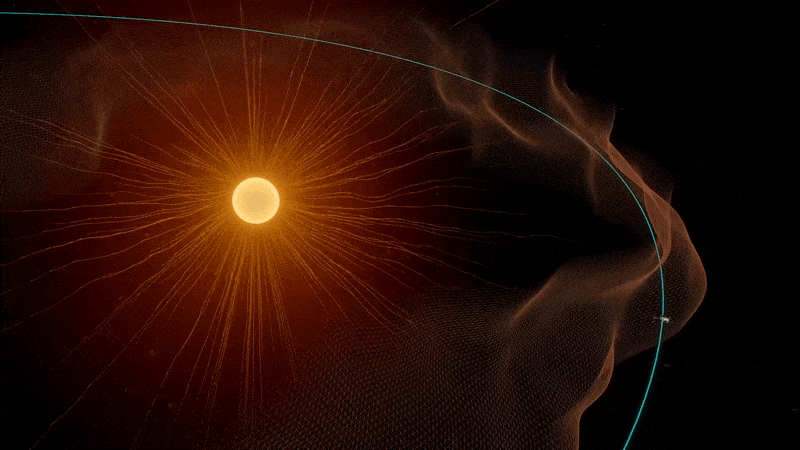
The boundary that marks the edge of the corona is the Alfvén critical surface. Inside that surface (circle at left), plasma is connected to the Sun by waves that travel back and forth to the surface. Beyond it (circle at right), the Sun’s magnetic fields and gravity are too weak to contain the plasma and it becomes the solar wind, racing across the solar system so fast that waves within the wind cannot ever travel fast enough to make it back to the Sun. The results suggest that the Alfvén critical surface has a wrinkled structure that is connected to giant plumes of solar material called coronal streamers. Credits: NASA/Johns Hopkins APL/Ben Smith
MAGNETIC FIELD & SOLAR PHENOMENA
Discovery of Magnetic Switchbacks
The probe observed rapid reversals in the Sun’s magnetic field that zig-zag like a mountain road and traced them back to their origin. These switchbacks are aligned with magnetic “funnels” that emerge from the solar surface between supergranules. These magnetic funnels are linked to the production of solar wind.
“We now see the relationship between the famous magnetic field switchbacks and the magnetic field structure on the solar surface that we call super granules.” – Dr. Nour Raouafi, Parker Solar Probe Project Scientist
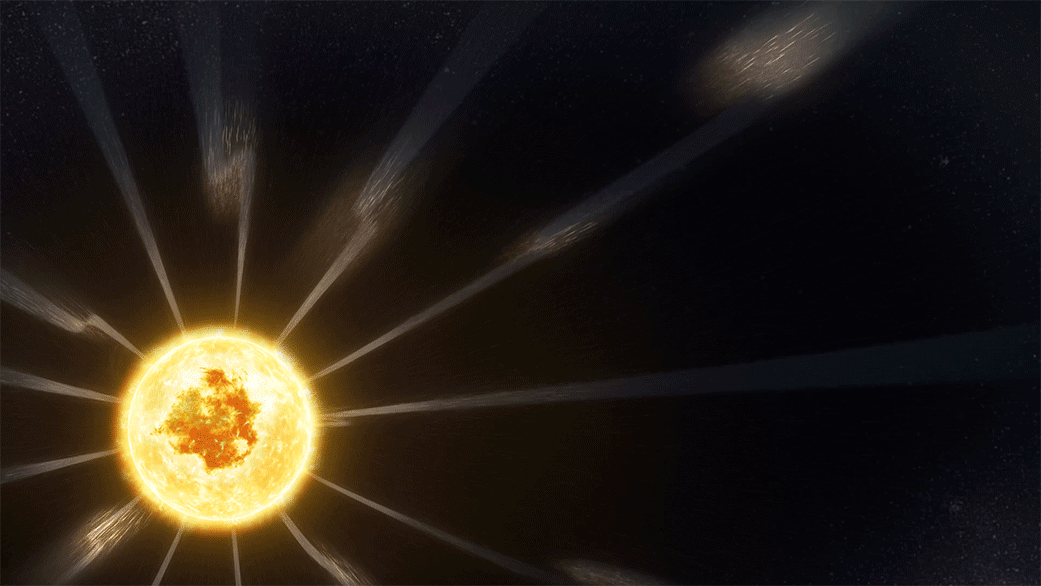
Parker Solar Probe observed switchbacks — traveling disturbances in the solar wind that caused the magnetic field to bend back on itself — an as-yet unexplained phenomenon that might help scientists uncover more information about how the solar wind is accelerated from the Sun.
Credits: NASA’s Goddard Space Flight Center/Conceptual Image Lab/Adriana Manrique Gutierrez
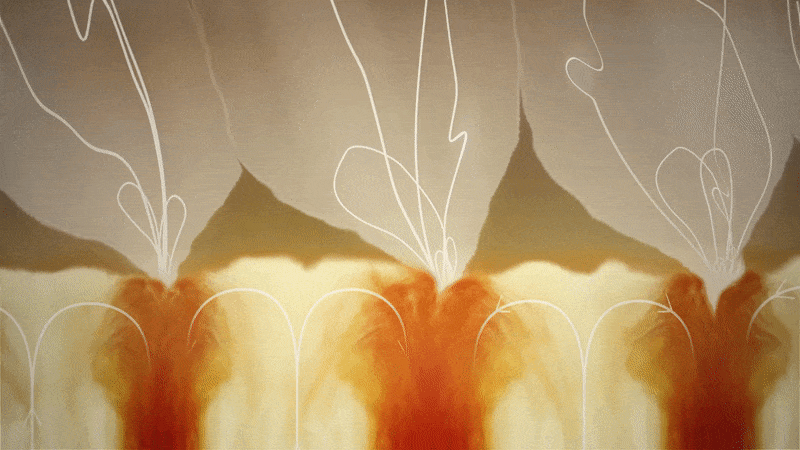
Data from Parker Solar Probe has traced the origin of switchbacks – magnetic zig-zag structures in the solar wind – back to the solar surface. At the surface, magnetic funnels emerge from the photosphere between convection cell structures called supergranules. Switchbacks form inside the funnels and rise into the corona and are pushed out on the solar wind. Credit: NASA GSFC/CIL/Jonathan North.
Imaging of Coronal Streamers
Parker Solar Probe has imaged coronal streamers, which are giant plumes of solar material rising through the Sun’s atmosphere. The instrument has provided very clear views of the fine structures of streamers, with at least two rays visible. These streamers have been observed by sun-watching spacecraft near Earth but never directly measured until Parker Solar Probe.
Observations of Coronal Structures
Parker Solar Probe has provided unprecedented detail on corona and solar wind structures, including coronal mass ejections (CMEs). WISPR’s unique perspective, looking alongside such events as they travel away from the Sun, has shed new light on the range of events the Sun can unleash. The probe’s ability to match the Sun’s rotation allows it to observe the outflow of material for days and see the evolution of structures. Observations near Earth have led to the assumption that fine structures in the corona transition into a smooth flow, but WISPR data shows this is not true.
First Direct Imaging of a Kelvin-Helmholtz Instability
A Kelvin-Helmholtz instability (KHI) refers to a physical phenomenon that occurs when there is a velocity (speed) difference at the boundary between two fluids or plasmas, or when there is velocity shear in a single fluid. This leads to the development of large-scale vortices that can eventually merge. In other words, KHIs look like a set or row of wave swirls.
Kelvin-Helmholtz waves show up in nature, including wind-generated ocean waves, clouds, the solar atmosphere, comet tails, and planetary magnetospheres.
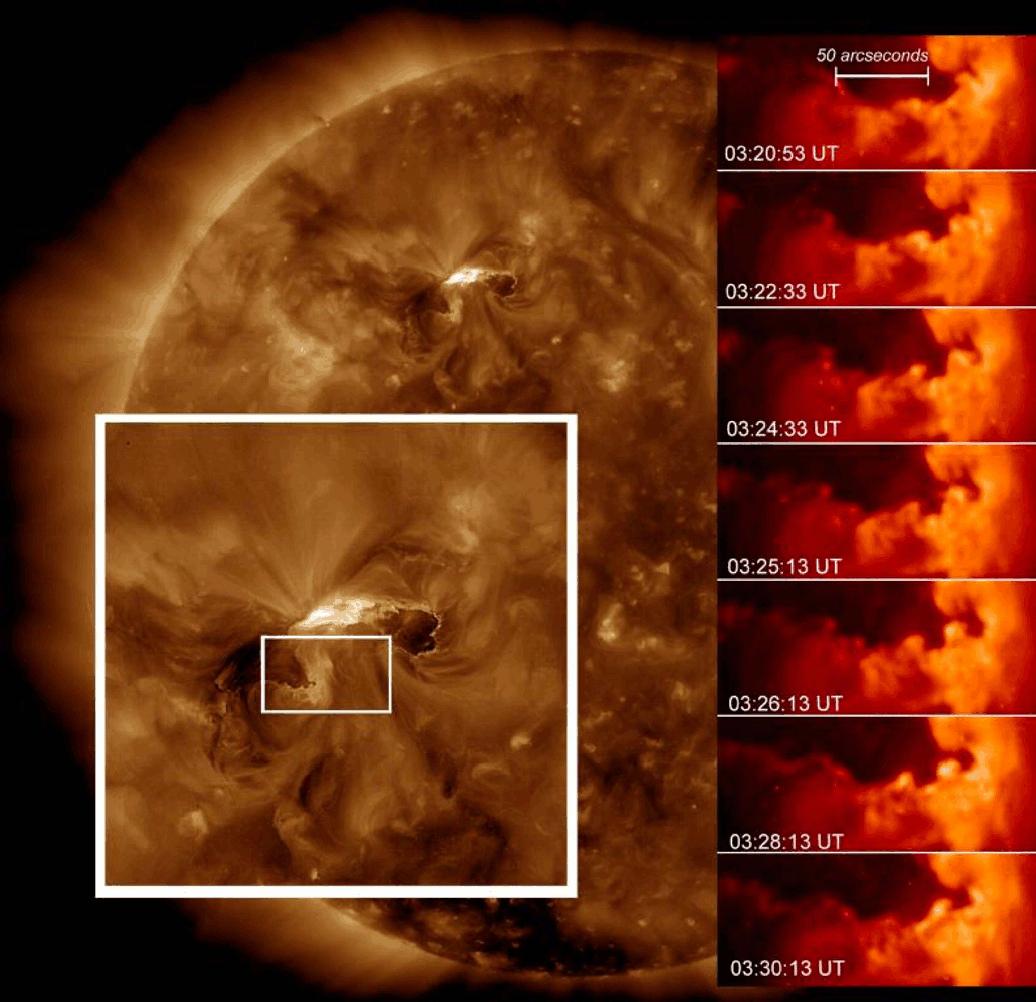
The Solar Dymamics Observatory (SDO) observed them in 2010. CREDIT: NASA/SDO
Parker Solar Probe captured the first direct images of a Kelvin-Helmholtz instability during an observed coronal mass ejection (CME). These waves provide important details about coronal mass ejections that tell us what kind of impact they might produce at Earth. Ultimately, this could better help scientists understand and predict space weather. Learn more about CMEs »
DUST & COMETS
Discovery of the Dust-Depletion Zone
Parker Solar Probe detected the thinning of cosmic dust near the Sun, confirming a dust-free zone predicted decades ago. The instrument observed light reflected from dust dimming at about 19 solar radii (8.2 million miles) from the Sun. Models suggest a dust-free zone starting at about five solar radii (2.2 million miles) from the Sun. This is a region where scientists have long suspected that dust particles would be heated to high temperatures by sunlight, turning them into a gas and creating a dust-free region. The dust-free zone is formed as the cosmic dust is heated by sunlight to high temperatures, causing it to turn into a gas.
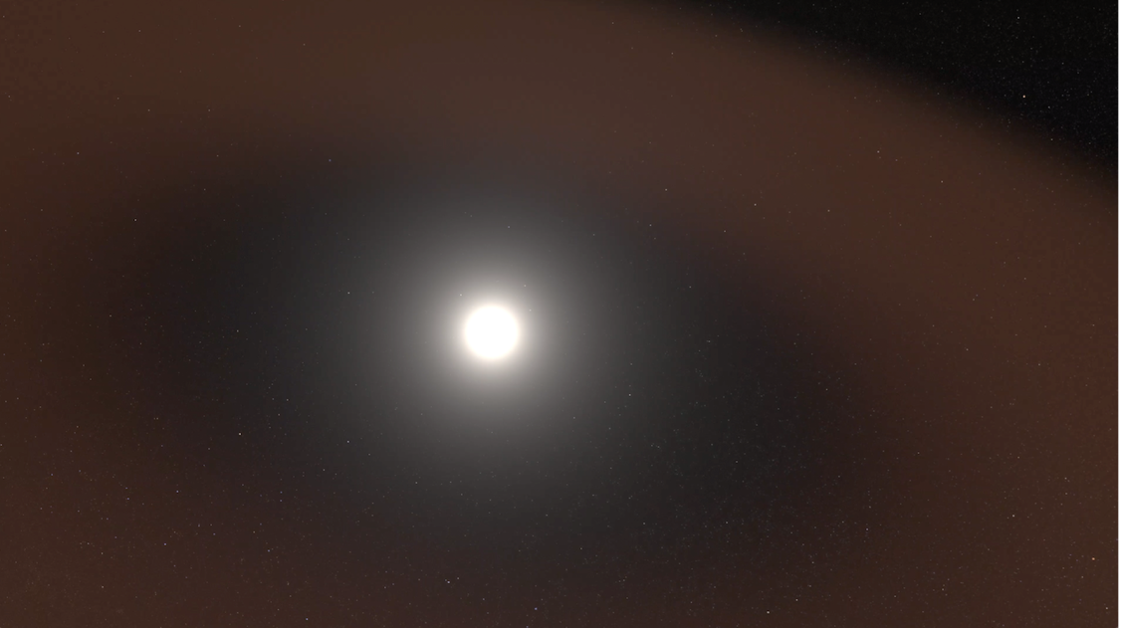
Parker Solar Probe saw cosmic dust (illustrated here) — scattered throughout our solar system — begin to thin out close to the Sun, supporting the idea of a long-theorized dust-free zone near the Sun. Credits: NASA’s Goddard Space Flight Center/Scott Wiessinger
Comet Observations
Parker Solar Probe has studied comets, providing close-up views of a comet passing by and shedding light on the origins of the Gemini meteor shower.
Parker Solar Probe observed Comet Leonard from a unique perspective on the opposite side of the Sun from several other solar missions, SOHO, STEREO, and Solar Orbiter. These missions observed the comet from near Earth. These observations provided a broad view of a comet, giving scientists valuable data to better understand how comets interact with the solar wind. This helps to better understand the solar wind and the formation of the solar system.
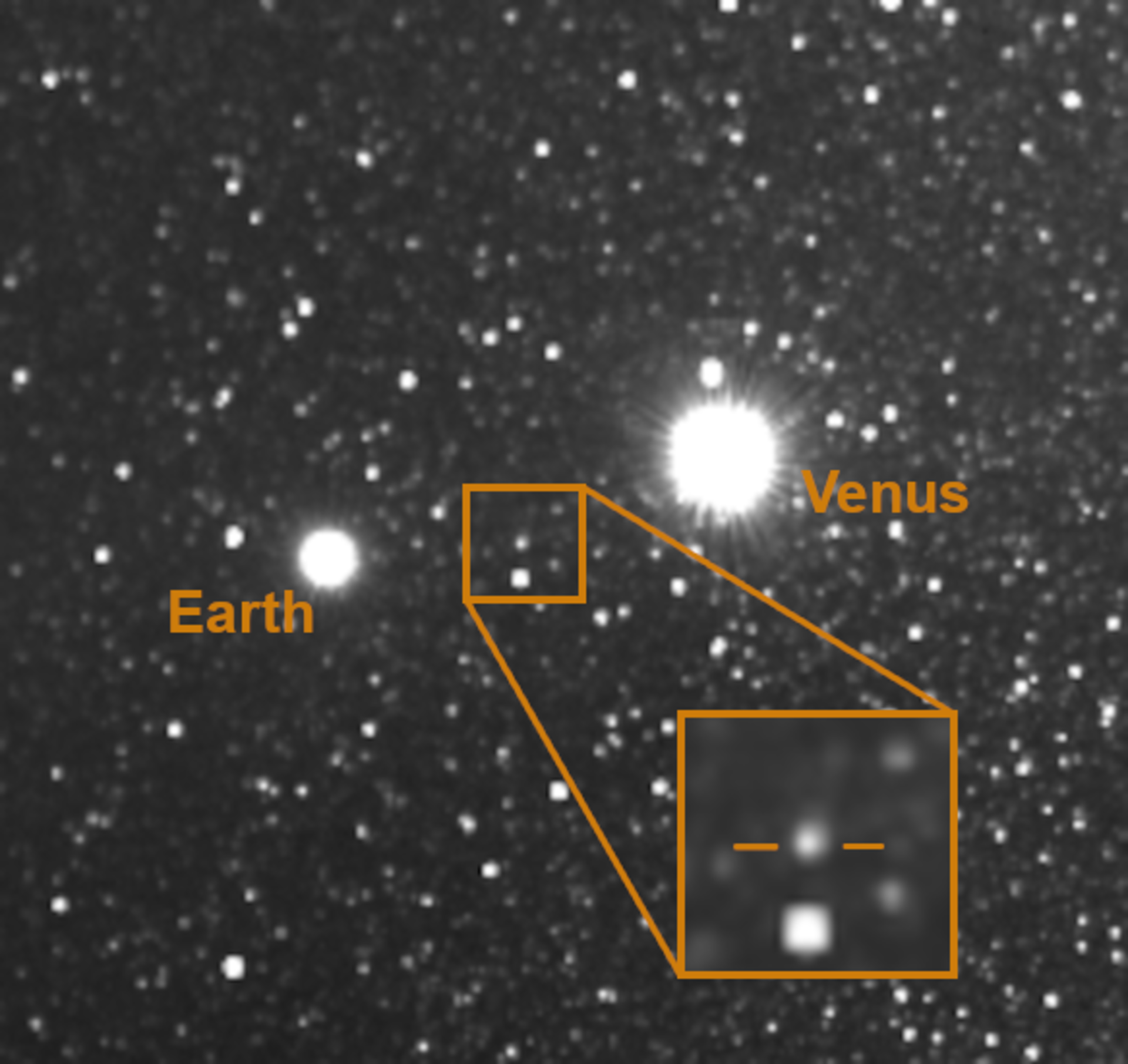
NASA’s Parker Solar Probe was almost on the opposite side of the Sun from the ESA/NASA Solar Orbiter spacecraft when its WIPSR instrument recorded images of Comet Leonard on 7 December 2021. From Parker Solar Probe’s viewpoint the comet appeared to pass directly between Venus and Earth. CREDIT: NASA/USNRL/G.Stenborg/K.Battams
Exciting Images of Venus
Parker Solar Probe has captured images of the dust ring around Venus, measured radio waves in Venus’ atmosphere, and helped scientists better understand Venus’ geology and mineralogy.
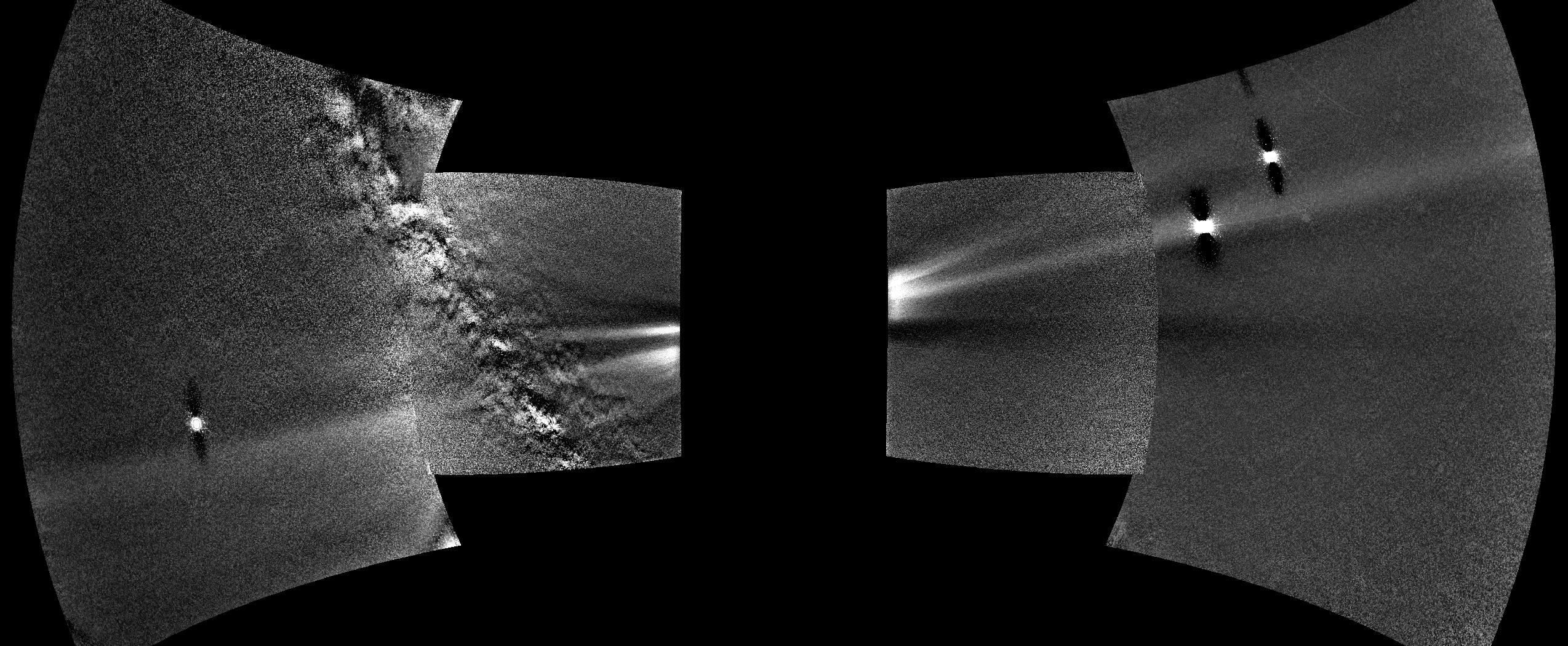
Images from the WISPR instrument — short for Wide-field Imager for Solar Probe — onboard NASA’s Parker Solar Probe spacecraft have provided the first complete view of the ring of dust along Venus’ orbit. The dust ring stretches diagonally from the lower left to the upper right of the image. The bright objects are planets: from left to right, Earth, Venus, and Mercury. Part of the Milky Way galaxy is visible on the left side. The four frames of this composite image were captured on Aug. 25, 2019. Credits: NASA/Johns Hopkins APL/Naval Research Laboratory/Guillermo Stenborg and Brendan Gallagher
It has also taken the first-ever images of Venus’s surface in visible wavelengths, capturing what humans could see if they approached Venus.
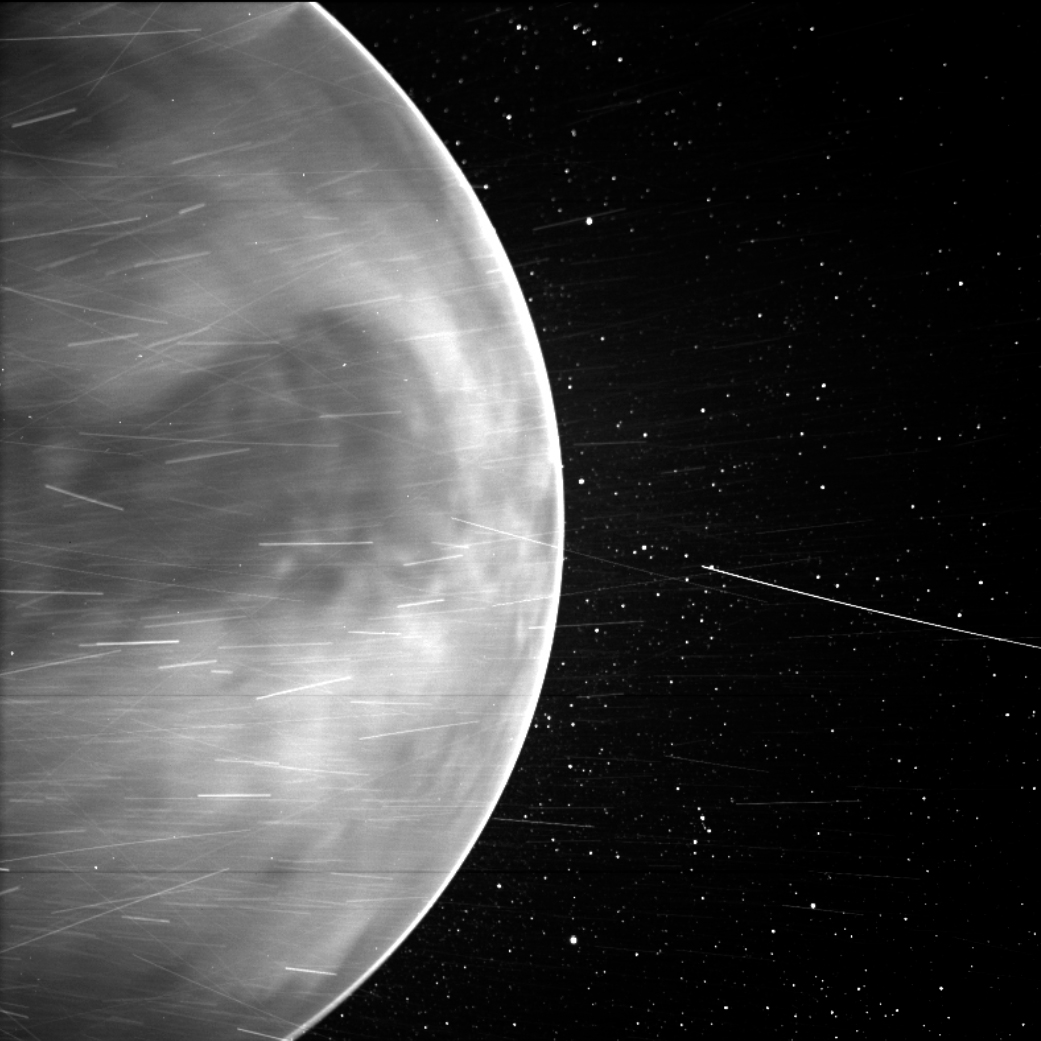
Surface features seen in the WISPR images. Credits: NASA/APL/NRL
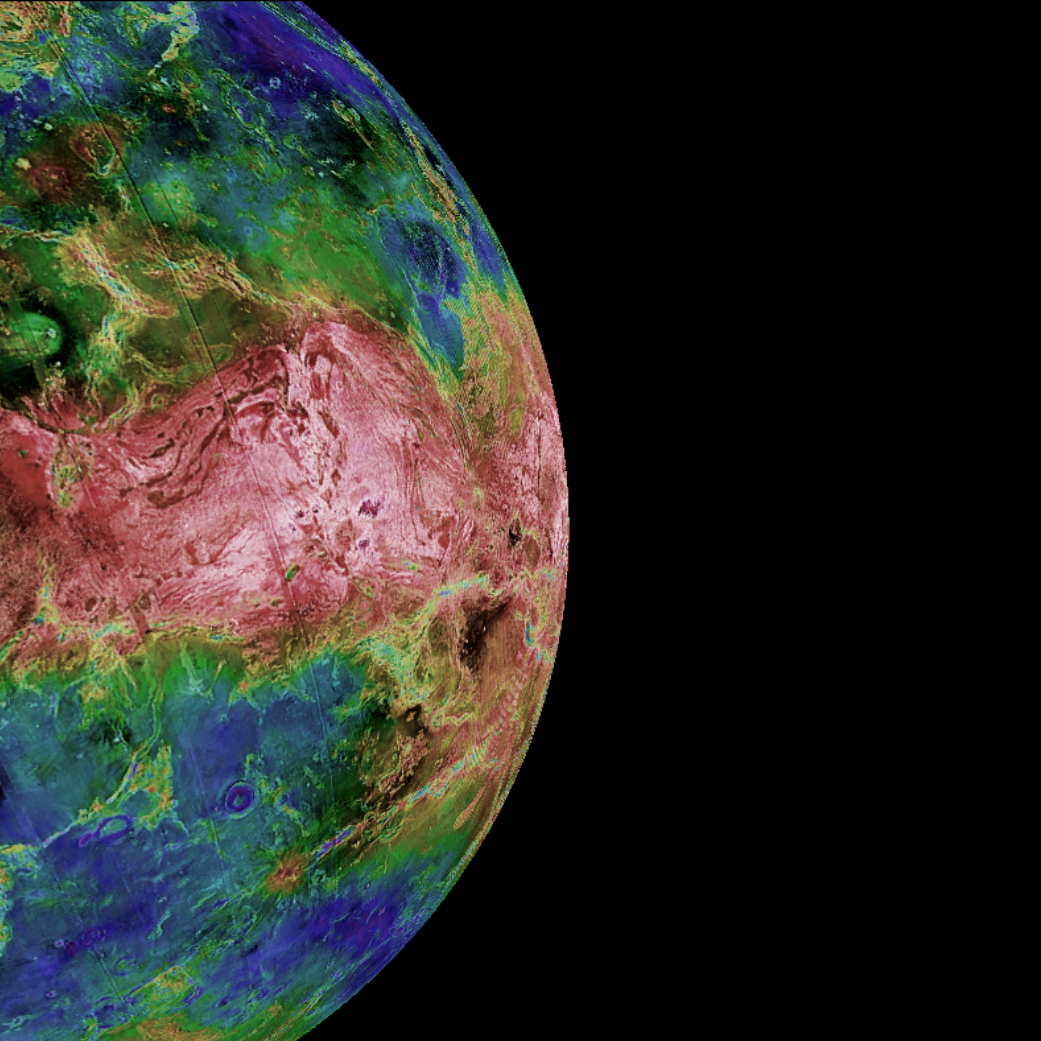
Surface features seen in the Magellan images match those in the WISPR image.
CREDITS: Magellan Team/JPL/USGS
Shortest Wavelength Thermal Emission from Venus
Parker Solar Probe holds the record for the shortest infrared wavelength (0.75 microns) measured from the surface of Venus. We are now able to see the atmosphere of Venus in a new light, which gives scientists new information about our sister planet. The atmosphere of Venus shows the impact of a runaway greenhouse effect on a planet.
TOUCHING THE SUN
Parker Solar Probe Nears Historic Close Encounter
Nour E. Rawafi and C. Alex Young talk Parker Solar Probe and Sun Science
These two solar scientists discuss Parker Solar Probe, its unique engineering, groundbreaking science, its December 24 closest approach, and what is next for the mission.



